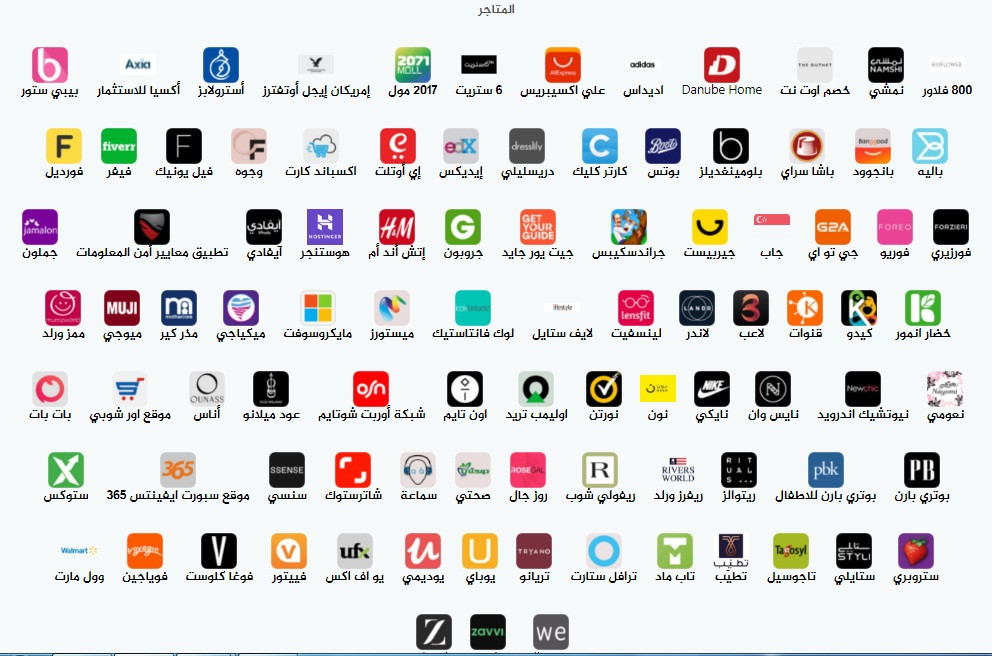views
Cybersecurity threats evolve every single day, and as a result, staying ahead of the curve is no longer optional—it’s essential. With hackers using increasingly sophisticated techniques, the risks of data breaches, phishing attacks, and ransomware loom over individuals, organizations, and governments alike. Knowing how to identify these threats and implement effective counters is the key to safeguarding what matters most.
This blog dives into daily cybersecurity updates, exploring the major risks you need to watch out for and practical responses to fortify your defenses. By the end, you’ll have actionable insights to ensure you—and your data—are well-protected in an increasingly digital world.
Why Do Daily Cybersecurity Updates Matter?
The cybersecurity landscape is dynamic and rapidly changing. Every day brings new forms of malware, vulnerabilities, and scam tactics. Staying informed about the latest updates helps you identify potential threats before they wreak havoc.
The Rising Cost of Cyber Attacks
Data suggests that by 2025, global cybercrime damages are expected to reach over $10.5 trillion annually. Phishing attacks alone cost businesses $14.8 million each year globally, making them one of the most prevalent threats. Daily cybersecurity updates can help mitigate these risks, ensuring early intervention and adaptation to evolving attack methods.
Real-Time Threat Detection
Real-time data and updates allow users and organizations to assess active threats, minimizing their impact. For instance, a reported ransomware trend could prompt IT teams to monitor endpoints more closely and patch vulnerabilities immediately.
Regulatory Compliance
Cybersecurity isn’t just about protecting assets; many industries must comply with strict regulations like GDPR, HIPAA, or PCI DSS. Failing to address daily risks could result in not just breaches but also substantial fines.
By integrating daily updates into your security protocols, you establish a proactive defense strategy rather than a reactive one.
The Most Common Risks to Monitor
A “set it and forget it” approach to cybersecurity simply doesn’t work anymore. Cyberthreats morph daily, and some risks are far more prevalent. Here are the top issues every business and individual needs to understand:
1. Phishing Attacks
Phishing attacks remain one of the most common and dangerous forms of cybercrime. Cybercriminals use deceptive emails or messages to trick recipients into revealing sensitive information like passwords, credit card details, or social security numbers.
Example: A growing trend is the use of AI-generated phishing emails that mimic legitimate communications with uncanny accuracy. These emails are designed to bypass spam filters and exploit human error.
What to Do:
- Use advanced email filtering systems to block suspicious emails.
- Educate employees on how to spot common phishing attack indicators (e.g., misspellings, urgent language, or unfamiliar senders).
- Avoid clicking on unsolicited links or downloading unauthorized attachments.
2. Ransomware
Ransomware locks down devices or files until a ransom is paid. Hackers target everyone from individuals to large corporations, with high-profile incidents costing millions in recovery efforts. For example, the 2021 Colonial Pipeline ransomware attack caused nationwide disruptions and economic losses.
What to Do:
- Regularly back up critical files to an offsite or cloud location.
- Install endpoint detection and response (EDR) tools that flag abnormal activity.
- Stay updated with daily cybersecurity patches to close existing system vulnerabilities.
3. Zero-Day Exploits
Zero-day exploits take advantage of software vulnerabilities before developers can fix them. These attacks often come without warning and can have catastrophic consequences.
What to Do:
- Subscribe to vulnerability feeds from your software providers—these are part of daily cybersecurity updates.
- Implement robust intrusion prevention systems (IPS) to block unrecognized traffic.
4. Social Engineering Tactics
Cybercriminals are increasingly turning to psychological manipulation. Social engineering attacks aren’t just technical—they prey on human emotion and trust to access vital information.
What to Do:
- Foster a culture of skepticism. Make sure team members verify requests for sensitive information independently.
- Consider incorporating simulated social engineering attacks into your employee training programs.
5. IoT Vulnerabilities
With the rise of smart devices, unsecured IoT networks are a playground for hackers. An unsecured smart thermostat, for example, could provide an entry point to your home or company network.
What to Do:
- Regularly update firmware on IoT devices.
- Change default passwords immediately after installation.
- Use network segmentation to isolate IoT devices from sensitive data.
Effective Responses to Cybersecurity Risks
Knowing the risks is only half the battle—it’s how you respond that truly matters. Here are proactive steps you can take today to bolster your cybersecurity defenses:
Invest in Cybersecurity Tools
Use advanced cybersecurity tools such as:
- Firewall Technologies: To block unauthorized access to networks.
- Antivirus Software: To detect and eliminate malware.
- Multi-Factor Authentication (MFA): To add an additional layer of security across your accounts.
- Threat Intelligence Platforms (TIPs): To stay updated through real-time cybersecurity alerts.
Build a Cyber-Aware Culture
Your employees, family members, or even vendors are often your weakest link—or your strongest defense. Prioritize education to ensure all stakeholders understand common threats like phishing attack.
- Conduct monthly training sessions focused on cybersecurity best practices.
- Encourage employees to report suspicious activity immediately.
Automate Cybersecurity Updates
Manual updates leave room for forgetting or overlooking critical patches. Automating updates ensures defenses stay robust.
- Enable automatic updates for operating systems and software programs.
- Use patch management tools in enterprise environments to keep every device up to date.
Monitor Logs and Alerts Effectively
Whether for a small business or enterprise, log monitoring tools analyze system events for unusual behaviors, such as attempts to access sensitive data at unusual hours.
- Consider tools like Splunk or SolarWinds for log analysis.
- Use anomaly detection systems to flag unexpected behaviors.
Engage with a Managed Security Services Provider (MSSP)
If daily cybersecurity management feels overwhelming, outsourcing to an MSSP can provide round-the-clock monitoring. An MSSP can handle real-time threat detection while ensuring compliance with industry standards.
Stay Updated with Cybersecurity News
Follow trusted cybersecurity news sources, newsletters, or forums to remain informed about emerging threats. Some valuable resources include:
- Cybersecurity and Infrastructure Security Agency (CISA): For government alerts on major threats.
- Krebs on Security: A blog focusing on the latest cybersecurity news.
- The Hacker News: Dedicated to breaking stories about security breaches and malware.
Making Cybersecurity a Daily Habit
Proactive cybersecurity isn’t a “one-and-done” responsibility—it’s an ongoing commitment. By staying informed of evolving cyber threats and integrating preventative measures into your daily routine, you reduce your risk and strengthen your resilience against attacks.
It’s also worth remembering that effective cybersecurity starts with the basics. Strong passwords, routine updates, and an aware team can often do wonders to mitigate even the most elaborate threats.











